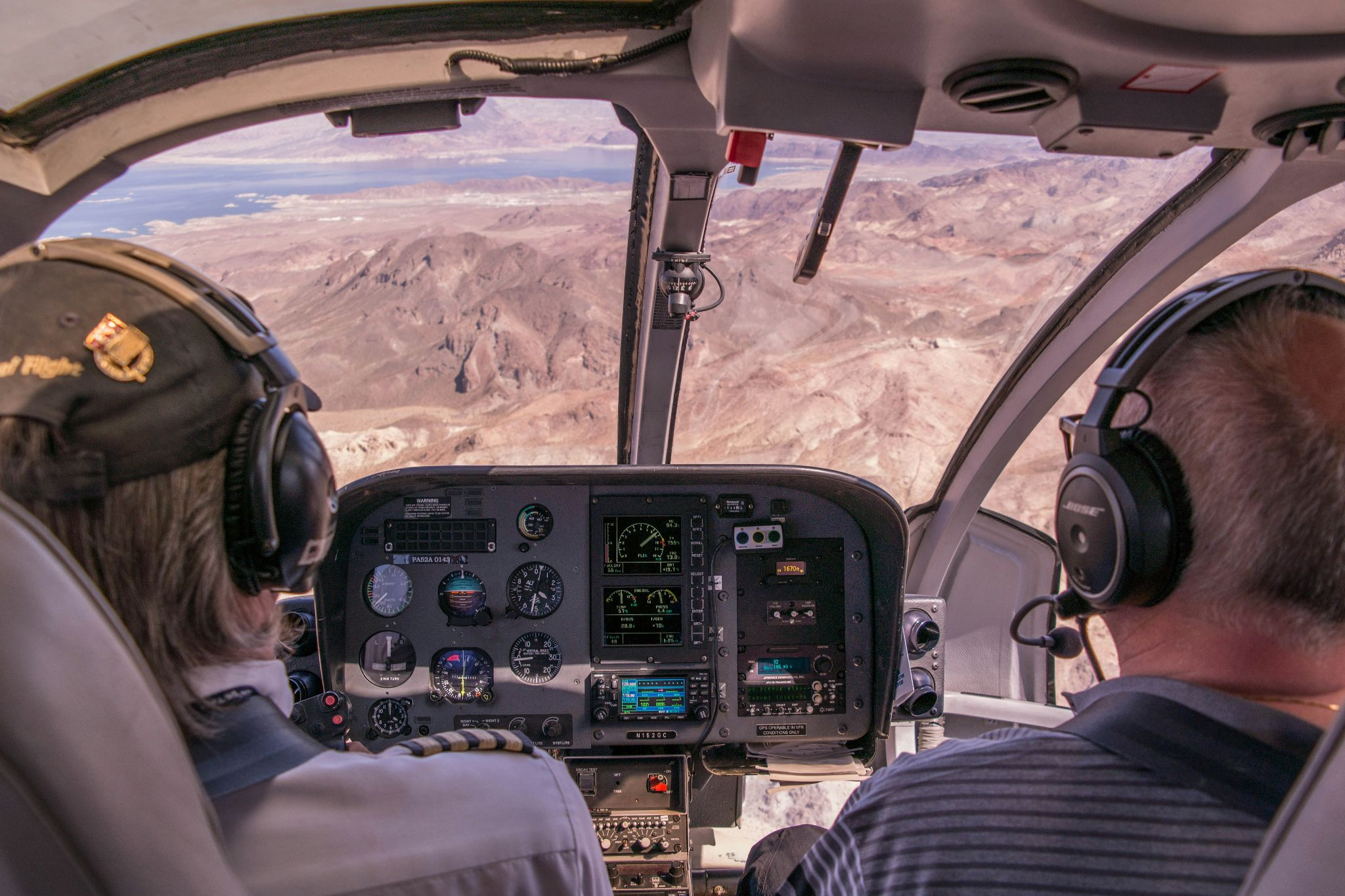Being a pilot is an exciting dream that can lead to a career full of adventure, responsibility, and opportunities. Pilot training is a process that prepares people to fly safely and effectively.
Pilot training is a training program that teaches people how to fly and operate aircraft. It covers a lot of topics, including aviation theory, practical flying skills, and safety procedures. The training makes sure that pilots are prepared for different flying conditions and aircraft types.
This article explains everything you need to know about becoming a pilot, from the basics to advanced training and career options.
1. Types of Pilot Licenses
There are several types of pilot licenses, each with its own requirements and privilege.
Private Pilot License (PPL): Allows you to fly alone or for fun. It’s the most basic license and the first step for many aspiring pilots.
The Commercial Pilot License (CPL) lets you fly for work and get paid for it. It takes more training and experience than the PPL.
The Airline Transport Pilot License (ATPL) is the highest level of pilot certification needed for flying big commercial planes. It involves a lot of training and experience.
2. How To Become A Pilot?
Before joining a pilot training program, you need to meet certain requirements.
- You need to be 17 years old for a PPL and 18 years old for a CPL.
- Get a medical certificate from an FAA-authorized medical examiner to make sure you meet the health requirements for flying.
- You need to know English well because it’s the language used in aviation around the world.
3. What Is Important In Pilot Training?
A successful pilot must have a lot of knowledge and skills.
- Aerodynamics means learning how airplanes move, including how they lift, pull, and push.
- Navigation means knowing how to use charts, GPS, and other tools to plan and execute flight routes.
- Meteorology is studying weather patterns and how they affect flying conditions.
- Know the different systems and controls of different aircraft types.
4. Special Training and Advanced Training
An instrument rating allows pilots to fly in low-visibility conditions with only instruments for navigation. It involves training and testing on instrument flight rules and procedures.
Ratings for multiple engines
A multi-engine rating lets pilots use more than one engine. This training covers the complexities of multi-engine operations, including engine-out procedures and performance considerations.
You need to have specific ratings for certain types of airplanes, especially bigger or more complicated ones. These ratings require extensive training on the systems and operations of the particular aircraft type.
5. Career Options
After getting your license, you’ll need to earn flight hours to qualify for more advanced positions. This can be done through flight instructing, banner towing, or aerial photography.
Pilots can work in many different fields, such as:
- Commercial aviation: Flying for airlines or companies.
- Corporate aviation: Operating private jets for businesses or people.
- Piloting aircraft for the government or military.
6. Obstacles and Rewards
Being a pilot can be difficult because you need to learn a lot, pay a lot of money, and keep getting better. Balancing flight hours, work schedules, and personal life can also be demanding.
Conclusion
Pilot training is a journey that prepares you for a successful aviation career. The path to becoming a pilot is challenging and rewarding. If you are dedicated, persistent, and passionate about flying, you can become a pilot and start a career in aviation.




